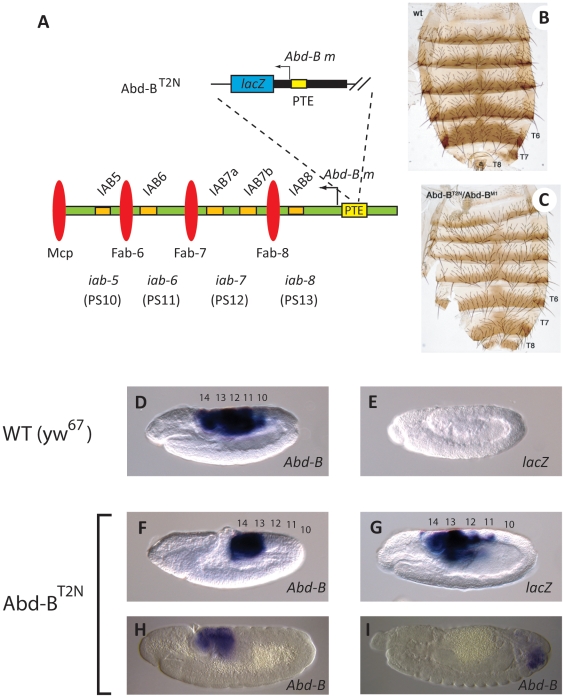Figure 2. P element insertion into the endogenous PTE results in homeotic transformation and loss of Abd-B expression.
(A) Schematic diagram of the Abd-BT2N P element line, showing the insertion site −241 bp 5′ of the Abd-B m transcription start site in the endogenous PTE sequence. The same symbols and color scheme as in Fig. 1 indicate the neighboring cis-regulatory modules. (B) Dorsal cuticles were prepared from adult females. A normal abdominal pigmentation pattern is observed in wild-type (WT) adults. (C) In Abd-BT2N/Abd-BM1 hemizygotes the seventh abdominal tergite (T7) is fully developed, indicating a transformation toward a more anterior abdominal segment identity. The eighth abdominal tergite (T8) also shows a partial transformation toward a more anterior identity. Abd-BM1 is a Class III null allele for both the Abd-B m and r transcripts [15], [27]. Abd-B gene expression pattern in wild-type (WT) (D) and Abd-BT2N (F) germ-band elongation stage 9 embryos. The staining patterns for the Abd-BT2N line show reduced Abd-B expression in parasegments (PS) 10, 11 and 12 at stage 9 (F), stage 11 (H) and stage 13 (I) of development. The lacZ reporter gene is expressed in developing posterior regions of the Abd-BT2N embryos (G). Expression is strongest in PS13, although the pattern extends from PS 10–14 and is very similar to the endogenous Abd-B transcription pattern. No lacZ expression is detectable in WT embryos (E).

